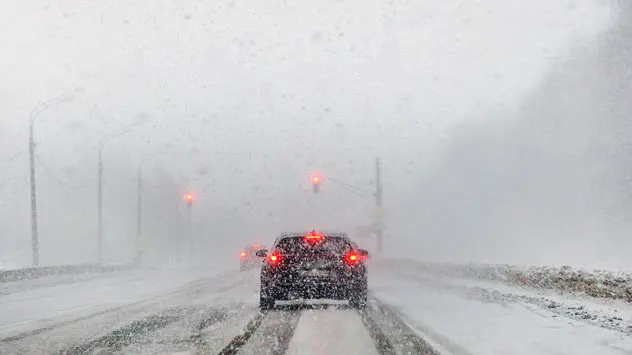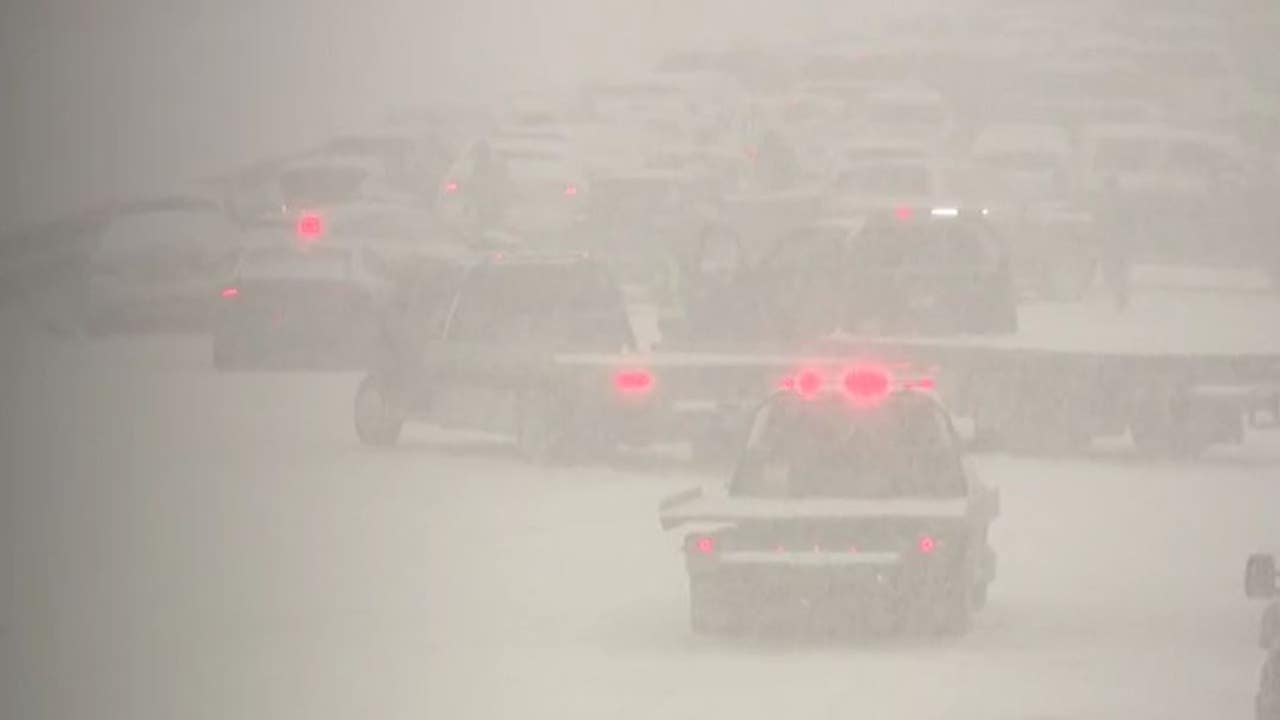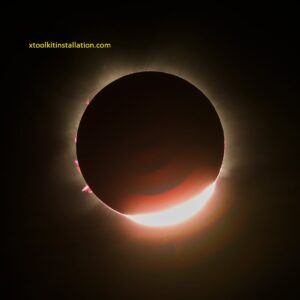Unveiling the Mysteries of Snow Squalls: Understanding Nature’s Fickle Fury

Introduction:
In the realm of winter weather phenomena, snow squalls stand out as brief but intense bursts of snowfall. Understanding what a snow squall is and how it behaves is crucial for anyone living in regions prone to winter storms. In this comprehensive guide, we delve into the intricacies of snow squalls, exploring their formation, characteristics, and impacts. By the end, you’ll be equipped with the knowledge to recognize and respond to these fleeting yet formidable meteorological events.
What is a Snow Squall?
A snow squall is a sudden, localized, and intense burst of snowfall accompanied by strong, gusty winds. Unlike prolonged snowstorms, which can last for hours or even days, snow squalls typically occur over a short duration, often lasting less than an hour. Despite their brevity, snow squalls can significantly reduce visibility and create hazardous driving conditions, making them a significant concern for commuters and travelers during winter months.

Understanding the Formation
Snow squalls commonly form in regions with cold air masses and unstable atmospheric conditions. They often develop along arctic cold fronts or in the vicinity of large bodies of water, such as the Great Lakes in North America. As cold air sweeps over warmer waters, it becomes moist and unstable, leading to the rapid development of convective snow showers, which intensify into squalls under the right atmospheric dynamics.
The Role of Lake Effect
In areas prone to lake-effect snow, such as the Great Lakes region, snow squalls can be particularly intense. Cold air passing over the relatively warm waters of the lakes picks up moisture, fueling the development of convective snow bands. These bands can produce heavy snowfall rates and localized whiteout conditions, posing significant challenges for residents and travelers in affected areas.
Rapid Onset
One defining characteristic of snow squalls is their sudden and unexpected arrival. Within minutes, clear skies can give way to near-zero visibility as intense bands of snow sweep through an area. This rapid onset can catch motorists off guard, leading to accidents and traffic disruptions.
Intense Snowfall Rates
During a snow squall, snowfall rates can reach several inches per hour, creating a blanket of snow within a short period. Combined with strong winds, this heavy snowfall can reduce visibility to a few feet, making travel hazardous and navigation challenging.
Gusty Winds
In addition to heavy snowfall, snow squalls are often accompanied by strong, gusty winds. These winds can further reduce visibility by blowing snow horizontally and create drifting snowbanks on roads and highways. Wind chill effects also exacerbate the cold, increasing the risk of frostbite and hypothermia for those exposed to the elements.
Impacts of Snow Squalls
The impacts of snow squalls extend beyond inconvenience, often posing significant risks to both life and property. Understanding these impacts is crucial for preparedness and safety during winter weather events.
Transportation Disruptions
Snow squalls can wreak havoc on transportation networks, leading to flight cancellations, road closures, and traffic accidents. Reduced visibility and slippery road conditions make driving treacherous, increasing the likelihood of collisions and pile-ups on highways and thoroughfares.
School Closures and Delays
In regions prone to snow squalls, local authorities may opt to close schools or implement delayed openings to ensure the safety of students and staff. These closures help minimize exposure to hazardous weather conditions and reduce the risk of accidents during commutes.

Outdoor Activities Impacted
Recreational activities such as skiing, snowboarding, and hiking may be affected by snow squalls, as poor visibility and challenging terrain conditions pose safety risks for participants. Outdoor enthusiasts should stay informed about weather forecasts and exercise caution when venturing into snowy landscapes.
Mitigation and Safety Tips
While snow squalls can be disruptive, taking proactive measures can help mitigate their impact and ensure personal safety. Here are some essential tips to consider:
Stay Informed
Monitor weather forecasts and advisories issued by local authorities to stay informed about impending snow squalls. Understanding the timing and intensity of approaching storms allows you to plan accordingly and make informed decisions about travel and outdoor activities.
Drive Cautiously
If you must travel during a snow squall, exercise caution and adjust your driving behavior accordingly. Reduce speed, increase following distance, and avoid sudden maneuvers to maintain control of your vehicle on slippery roads. Use headlights and hazard lights to enhance visibility and signal your presence to other motorists.
Prepare an Emergency Kit
Keep an emergency kit in your vehicle stocked with essentials such as blankets, non-perishable food, water, a flashlight, and a first aid kit. In the event of a prolonged delay or roadside emergency, these supplies can provide comfort and assistance until help arrives.
FAQs (Frequently Asked Questions)
Q: Can snow squalls occur without warning?
Snow squalls can indeed develop rapidly and catch individuals unaware, especially when traveling or engaging in outdoor activities. Monitoring weather forecasts and staying alert to changing conditions is essential for avoiding potential hazards.
Q: How do snow squalls differ from blizzards?
While both snow squalls and blizzards involve intense snowfall and strong winds, they differ in duration and spatial coverage. Snow squalls are short-lived, localized events typically lasting less than an hour and affecting relatively small areas, whereas blizzards are prolonged storms covering large geographic regions for extended periods.
Q: Are snow squalls more common in certain regions?
Snow squalls are more prevalent in regions with cold climates and proximity to bodies of water, such as the Great Lakes region in North America and coastal areas prone to nor’easters. These geographic features contribute to the development of atmospheric conditions conducive to snow squall formation.
Conclusion
In conclusion, understanding what a snow squall is and how it behaves is essential for navigating safely through winter’s unpredictable weather. By recognizing the signs of an approaching squall and taking proactive measures to mitigate its impact, you can safeguard yourself and your loved ones from the hazards of sudden snowfall and gusty winds. Stay informed, stay prepared, and stay safe as you weather the storms of the season.





